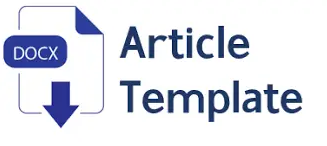CALL DALAM PENGAJARAN BAHASA INGGRIS
Keywords:
CALL, advantages, disadvantagesAbstract
The use of CALL (Computer-Assisted Language Learning) in the Teaching of English as a second or foreign language is a heated discussion among language teachers and experts. Some people think that CALL is of no use in the process of teaching and learning English. Some others think that the use of CALL is unavoidable in English classes. The paper tries to discuss the advantages and disadvantages of using CALL in the teaching and learning of English.
References
Gillette, D.H, 1996, Using electronic tools to promote active learning, New directions for Teaching and Learning 67, p.59-70
Huang, S. 1998, Differences in the nature of discussion between peer response sessions conducted on network computers and those conducted in the traditional face –to-face situations, ERIC Document Reproduction Service NO. ED423686
Izzo, J, 1996, An analysis of computer workstation and handwriting use by ESP students, ERIC No. ED 394295
McNeil, A, 2000, Computer-assisted instruction – its value to second language learners, ERIC No. ED 472851.









